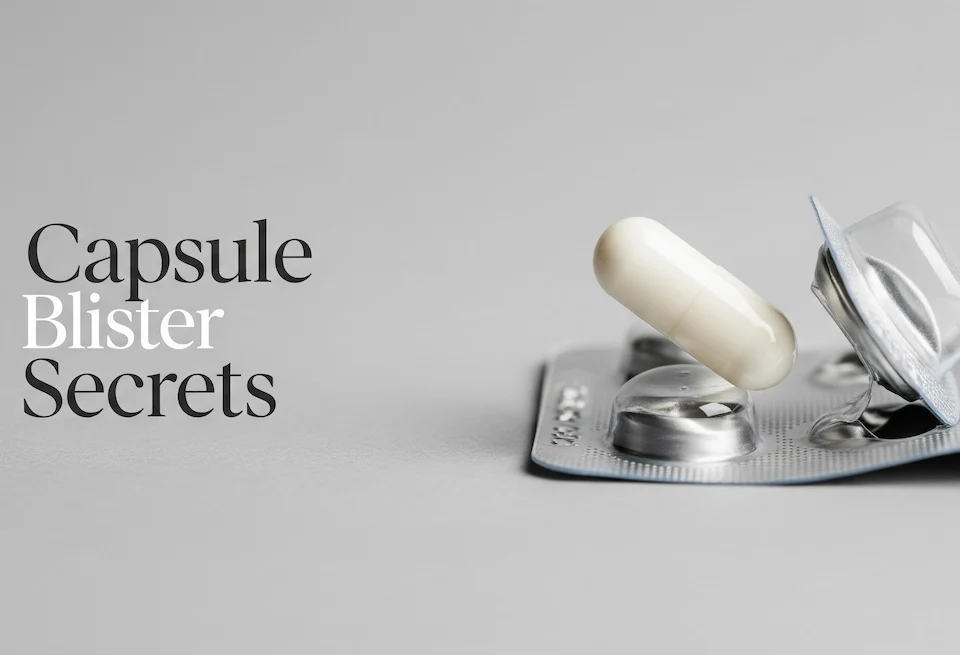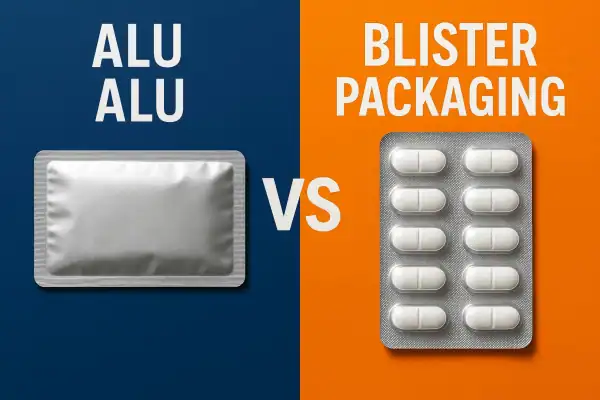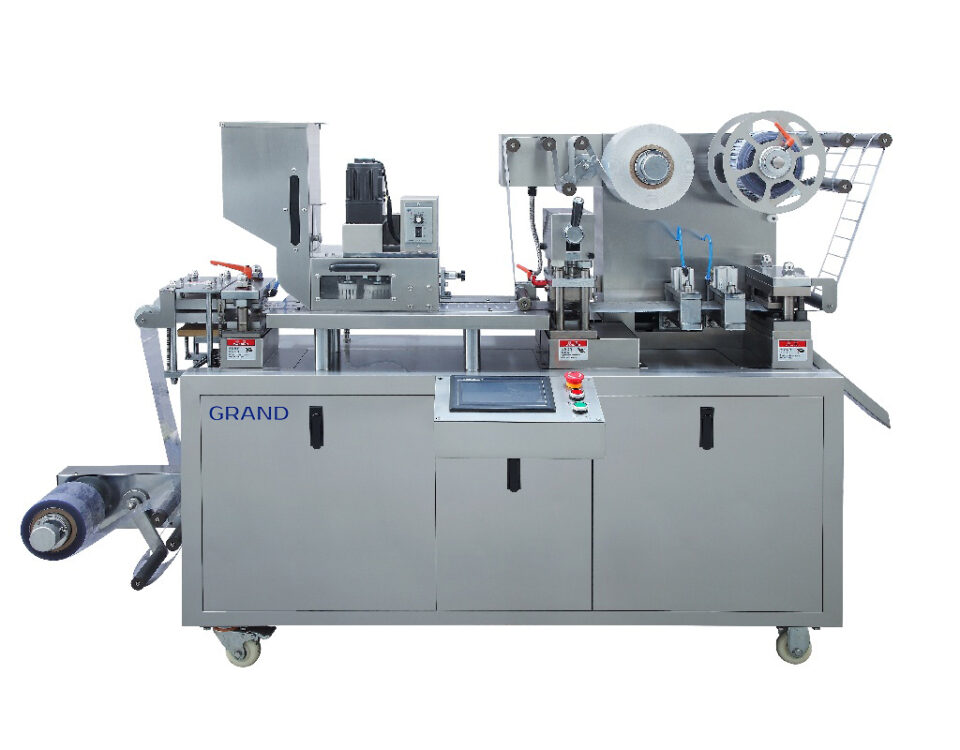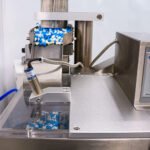
The Blister Packaging Process: A Complete Step by Step Guide

Top 10 Blister Packaging Machine Manufacturers In America
Types of blister packaging in pharmaceutical industry
Blister packaging is widely used in the pharmaceutical industry because it helps protect the medical product from the elements. Due to their sensitive nature, pills and other pharmaceutical products with chemical compounds can have very different reactions when being exposed to water, air or a variety of other chemical states. You want to protect them, so blister packaging is ideal.
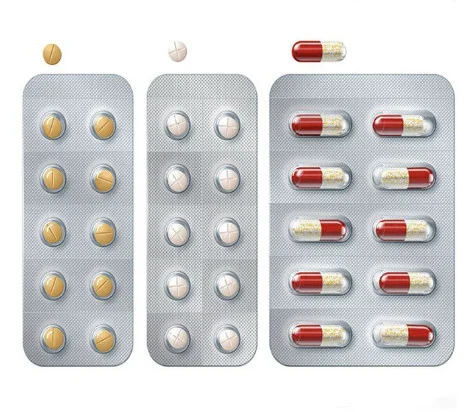
However, there is a multitude of pharmaceutical products, and not all can use the same blister packaging type. Here are some of the most popular types of blister packaging you can use in the pharmaceutical world!
Why should you use blister packaging?
There are a variety of benefits which come from blister packaging, as you can notice below:
- With blister packaging, you get to protect your pharma products from air, UV light, moisture and the elements in general.
- You have much better visibility and actually see the product without any issue. That comes from using clear plastic.
- Due to their inherent nature, blister packs are very easy to handle and light. That adds to their portability and can provide a much better experience than expected.
- Additionally, blister packaging also offers information display via an attached card. It does help because it allows you to access crucial details like dosage, side effects and so on.
- With blister packaging, you can also have more control and protect you against any counterfeits.
What details can you expect to see on blister packaging?
Naturally, blister packs are meant to be very informative too, not just protective for the medical product. That’s why a lot of medical product manufacturers will include a variety of information on the blister packaging, as follows.
- Product name and its active ingredients are a must-have on the blister packaging. That way, users get to know what ingredients are in there, how they can be used and other relevant details.
- The expiry date is important, because you want to know until when those medical products are good for.
- Warnings and directions are always important, and they are included either as a side panel or on the packaging directly.
- The blister packaging will also include storage information a lot of the time, so you can see if the medicine needs any special storage conditions.
- Batch number is not important for the user, but it allows the manufacturer to see info regarding the medical product and revert to it if there are problems.
Of course, some manufacturers will add other information, it always depends on the type of medical product and other information. Having access to that info will help immensely, especially for someone that buys the product for the first time.
The most common types of blister packaging used in the pharmaceutical industry
Single-seal blister packs
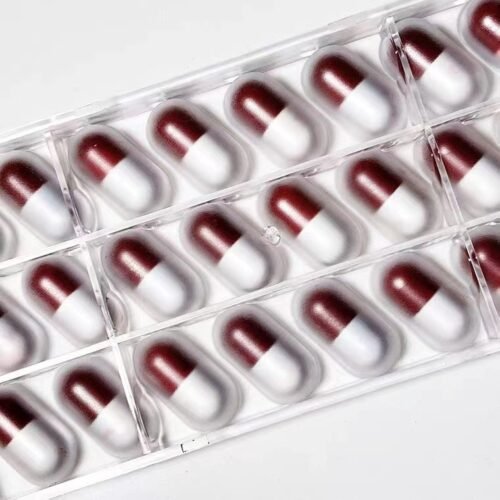
These have a single seal and that means they are very different to other options like clamshell packs. With that being said, they are very reliable when it comes to protecting specific products. These are not super common, but they are used by professional pharma companies in niche situations.
Fold-over blister cards

In this case, you have the plastic folded over the blister card. The pack has a base and a plastic. Naturally, the base is usually made out of paperboard or cardboard. It’s a great option for collectibles and medical products. Why? Because you can see if someone tampered with the packaging. Knowing that info can be very helpful, and it just shows the great results and value you can obtain from it.
Child-resistant blister packaging

The focus here is to protect the product from any damage that might come from kids. A lot of the time, kids will try to play with these packs. That’s why such packaging will give you a twist and turn mechanism. The role is to focus on making it harder for kids to narrow down how to handle this type of item.
Cold form packs
 In this case, aluminum is used as the material for the base. The idea is to protect the item inside from foreign elements, UV, moisture and many other similar things. The top layer is made out of PVC or other types of durable plastics. It’s designed to offer great protection, while also ensuring that temperatures will not affect things as much!
In this case, aluminum is used as the material for the base. The idea is to protect the item inside from foreign elements, UV, moisture and many other similar things. The top layer is made out of PVC or other types of durable plastics. It’s designed to offer great protection, while also ensuring that temperatures will not affect things as much!
Clamshell blisters
 These are similar to a clam’s shell, hence the name. They have 2 halves with a hinge. That means it’s possible to open and close the hinge without a problem. The pocket is made out of plastic and you can see the product. However, there is the upper side that will protect the blister pack, which is extremely helpful as well.
These are similar to a clam’s shell, hence the name. They have 2 halves with a hinge. That means it’s possible to open and close the hinge without a problem. The pocket is made out of plastic and you can see the product. However, there is the upper side that will protect the blister pack, which is extremely helpful as well.
Trapped blisters

Using trapped blisters can actually be a very good idea when it comes to collectibles. The focus is on trapping the item inside and not allowing it access to the elements or anything like that. It is a very effective option and it can do wonders a lot of the time. With that being said, it does provide reinforced protection, which can be suitable for batteries, or as we said, any type of item that’s meant to be protected.
Full card blisters

The card is at the middle and it’s in between 2 different blisters. In order to access the product here, you must basically rip apart the entire plastic, which can have both its pros and cons. With that in mind, it is a very durable blister packaging type, and one that’s robust, too. It’s mostly used for card packaging.
Full face seal blister packs

These are very popular and here the mold is covering the entire packaging. You have a more durable packaging type, and the packaging is secure, very reliable and you can protect the item inside a whole lot more. What sets the full face seal blister packs aside from other options is their quality and ease of use. But the value for money is also there, so keep that in mind.
Face seal blister packs
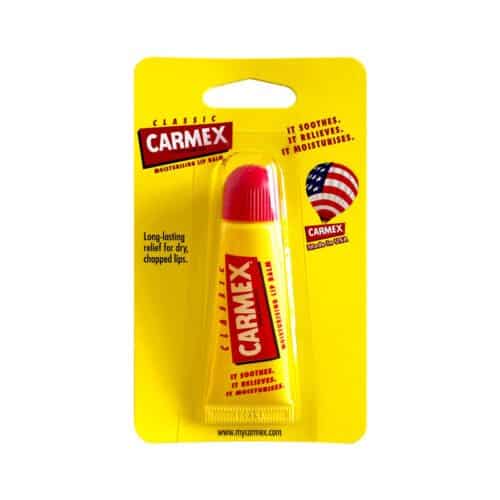
In this case, the product gets molded around the plastic package. It engulfs the package, which is very important for collectibles. You have the paperboard at the bottom and the plastic housing on top of it. Most of the time, the plastic housing is transparent, and that means you can see the item inside and its state.
Thermoformed blister packaging

When it comes to the thermoformed packaging, the important thing to note here is that the plastic gets heated until you have it pliable. After that, you use a mold in order to create the blister and lastly, you have it sealed with either plastic or aluminum.
Closing thoughts
All of these are great packaging options and they can easily provide a very good return on investment. That’s why it’s crucial to avoid any rush and just take your time with the entire process. Make sure that you choose the right blister packaging to fit your requirements. That way, it becomes easier to protect the item inside and keep it away from damage!
Reference
- A. A. Tani, J. M. Norberto, M. R. da Silva, A. Durand-Petiteville, "Automated computation of cutting paths for unit-dose repackaging of pharmaceutical blister packs", 2024 IEEE 20th International Conference on Automation Science and Engineering (CASE), pp.1678-1683, 2024.https://ieeexplore.ieee.org/document/10711355
- Narit Hnoohom, Nagorn Maitrichit, Konlakorn Wongpatikaseree, Sumeth Yuenyong, Sakorn Mekruksavanich, Anuchit Jitpattanakul, "Visual Explanations of ResNet 101 for Blister Package Classification", 2022 Research, Invention, and Innovation Congress: Innovative Electricals and Electronics (RI2C), pp.148-152, 2022.https://ieeexplore.ieee.org/document/9684590
- Writting by Kelly Liu; John F. ODonovan. Pharmacy Packaging and Inserts. June 20, 2023. https://www.ncbi.nlm.nih.gov/books/NBK559201/

